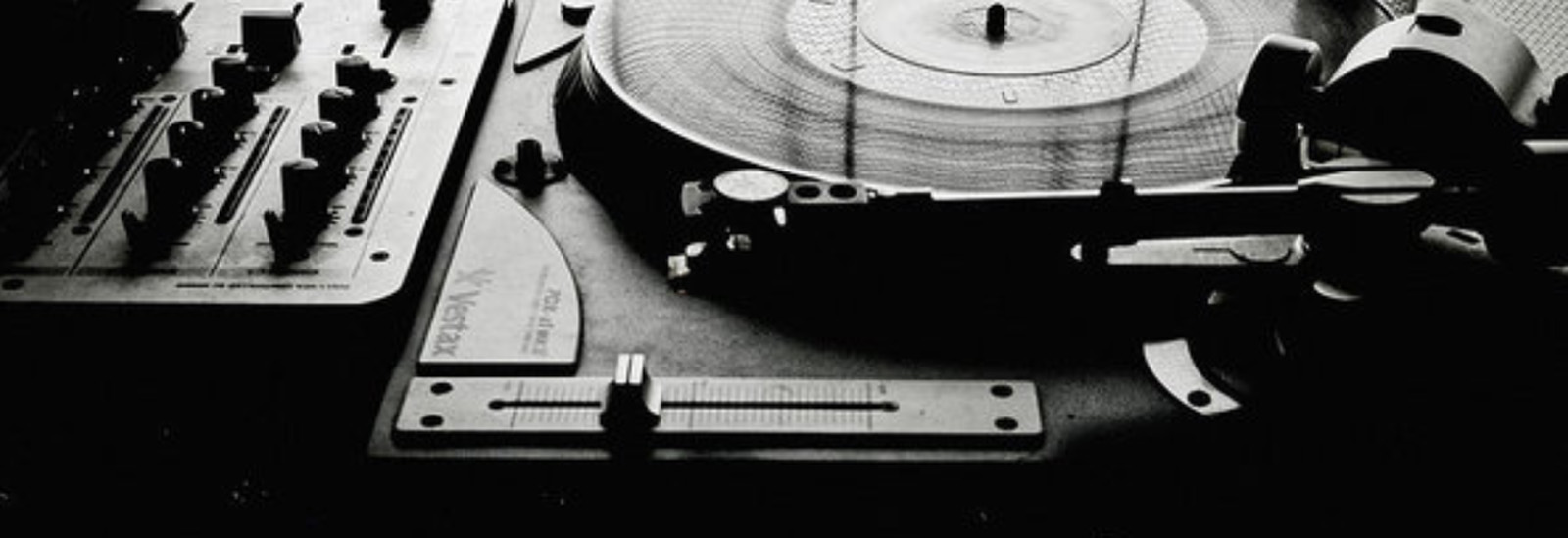is a vehicle to nurture new curatorial voices using #Instagram’s archival material for critical thinking. Curators under 35 will be invited to develop their arguments using rich media material. The essays will focus on bodies of works produced specifically for Instagram either as social observation or art experiment. The bios will be kept close to the length of a tweet [280 words].
Context
September 25, 2018, the co-founders of Instagram, Kevin Systrom, 34, and Mike Krieger, 32, resign from Facebook after six years at the tech giant, resulting in massive profits. Between 2012 and 2017, the company went from 30 million users and zero revenues to 600 million users and a multi-billion-dollar ad business [source: Recode]. What will become of the open source platform with its now one billion monthly users that have generated more than 20 billion images? The wealth and future of Instagram might reside in the analysis, in the deconstruction of its authored and user-based content.
Introduction
For our Instagrammar debut, curator Sarah Aucagos introduces the work of urban anthropologist
Jeff Mermelstein and Magnum documentary photographer
Matt Black. Using Instagram as the primary platform for their investigative material, Mermelstein and Black operate on different scales and in different territories; both are methodical chroniclers of America today. Black documents hands harvesting crops for a few bucks, Mermelstein zooms in on screens held tight by hands with painted nails.
In New York, Jeff Mermelstein peers over subway commuters’ shoulders to bring back the dramatic and the mundane of their screen conversations: ‘The shower curtain is getting pretty dirty’; ‘A doctor tried to put me on three drugs / And told me I’m bipolar…’/ ‘Damn. Dick is the perfect name for him’ / ‘She likes ruff sex’. The photographer’s expanding database made of overblown pixels and unfiltered text exchanges is an intrusive
anthropop collection on human behaviors, while carefully preserving people’s anonymity.
Matt Black uses Instagram for his elegiac, black-inked mapping of today’s Geography of Poverty. A piece of Beat Photography, it stages on Instagram for its map and audience reach, pairing geotagged photographs with census data. Like Zachari Caneperi co-director of the Netflix series, Flint Town, who spoke about the ‘infrastructure of poverty in America’, Black exposes the haunting evidence of this apparatus throughout the country.





















